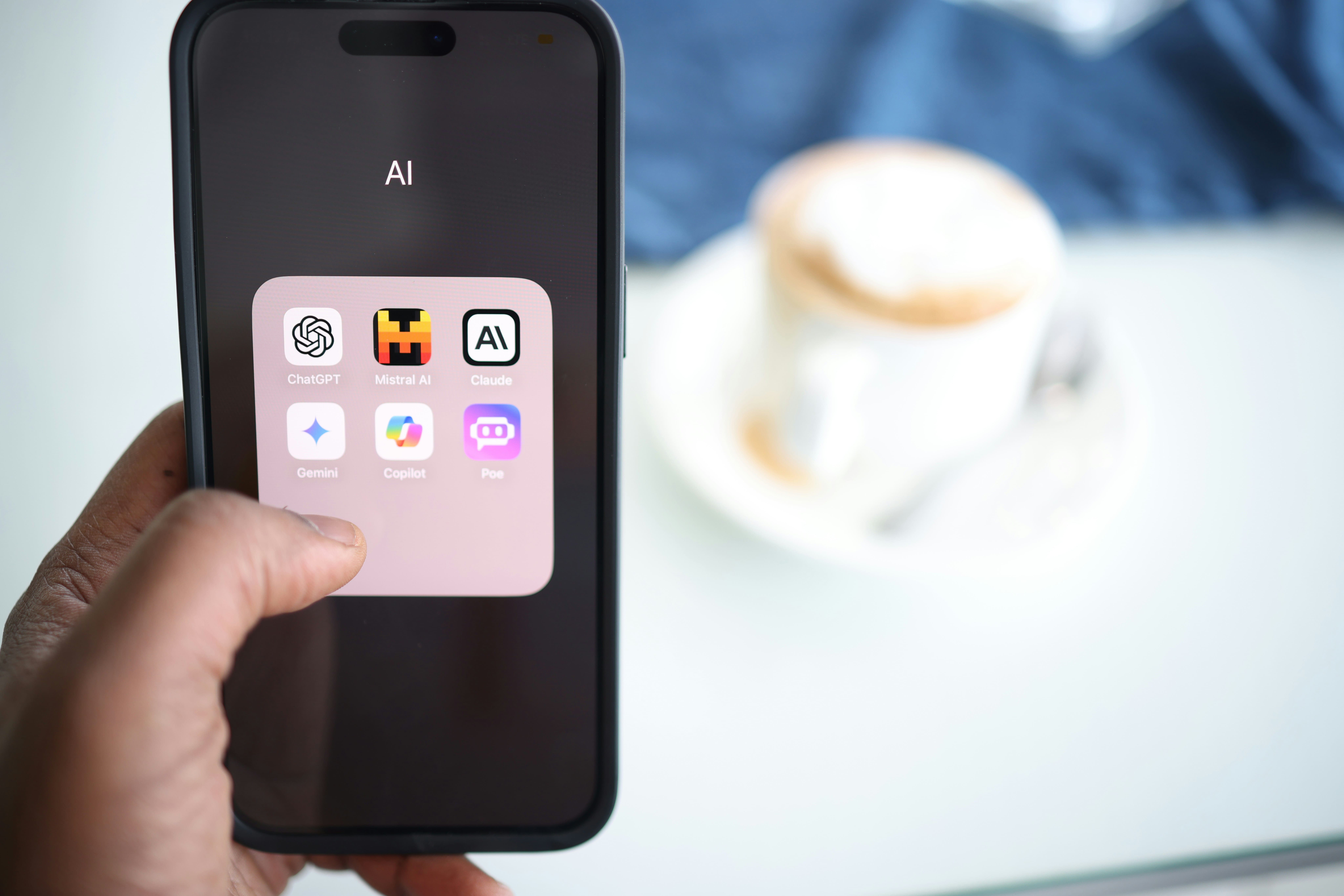
Learn how breaking your AI-powered app into modular microservices enables scalability, reliability, and faster innovation in modern AI deployments
As Generative AI capabilities become more advanced, so do the apps that use them. But scaling those apps successfully requires more than powerful models—it requires smart architecture. Enter microservices: a design approach that breaks your AI system into loosely coupled services, each responsible for a specific task.
With microservices architecture, you gain flexibility, better team ownership, isolated deployment cycles, and greater fault tolerance. In this blog, we’ll explore how to structure a modern Generative AI application using microservices for long-term success.
A startup building a blog-writing SaaS app split their system into services: prompt-engine (handles GPT calls), auth-service, credits-service, content-review (filters output), and user-dashboard. This allowed them to roll out updates to the GPT service without touching user-facing UIs, isolate billing logic, and even A/B test different prompt formats via service-level routing.
Microservices allow AI features to evolve independently. You can test new AI providers, prompt strategies, or user flows in isolation—without breaking your platform. Dev teams can own individual services, deploy faster, and recover from failures with less downtime.
For AI apps dealing with large-scale inference and user demand, this approach enables truly enterprise-grade reliability and modular growth.
Microservices are the future-proof way to build, scale, and evolve your Generative AI applications. With modular services, intelligent routing, and better isolation, you unlock faster delivery, cleaner codebases, and more resilient AI systems. If you're looking to scale with confidence, Generative AI application development services can help you architect the right solution from day one.
Whether you need video editing, web development, or more, we're here to help you achieve your goals. Reach out to us today!
Discover Custom Solutions
At OrganicOpz, We Specialize In Crafting Tailored Strategies To Elevate Your Online Presence. Let's Collaborate To Achieve Your Digital Goals!
Share Your Idea Or Requirement — We’ll Respond With A Custom Plan.
Give Us A Call On Our Phone Number For Immediate Assistance Or To Discuss Your Requirements.
Feel Free To Reach Out To Us Via Email For Any Inquiries Or Assistance You May Need.
Our Standard Operating Hours Are From 4:00 To 16:00 Coordinated Universal Time (UTC).